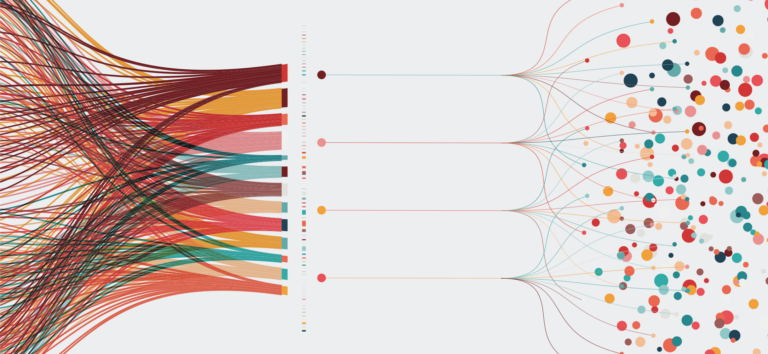Real-time data offers significant advantages to a customer data platform (CDP), especially in terms of freshness. Modern cloud data platforms have simplified real-time data management, enabling seamless implementation of omnichannel personalization scenarios. For instance, if a customer adds a product to their cart but doesn’t complete the purchase, you can retarget them through search marketing in Google Ads and Bing if they don’t open the corresponding e-mail.
Keeping audiences up to date is crucial for accurate targeting in a CDP. When a new visitor engages with your website, you can promptly add them to a specific audience based on their behavior to maximize accuracy. Similarly, if a visitor changes their consent, updating the audience ensures compliance with privacy regulations and maintains data privacy.
What Are the Benefits of Real-Time Data Processing?
Real-time data makes it possible to have timely optimization signals. For example, when a user converts to your website, and you aim to prioritize profitability, you can instantly send the profit value to your marketing channels. This allows you to track the profit value and conversions with added value in your marketing channels, providing critical insights for optimization. Another example is receiving prompt alerts when things go differently than you expected. It could be something like receiving a notification when tagging breaks on your website.
Check out the new 2025 Gartner Critical Capabilities for Customer Data Platforms, courtesy of Treasure Data.
Similar cloud platforms such as AWS also off real-time data ingestion frameworks.
There are different ways to do processing. Sometimes you really want to do streaming analytics, windowing everything and be sure that you have the capability to do that. It can be a simple update that you get, and you want to stream that through into an analytical data store (data warehouse) such as Google Big Query or Snowflake.
Additionally, there are various data sources that can be seamlessly streamed into analytical data stores without the need for data transformation. Moreover, specific data sources, such as Google Analytics, have native integration with public clouds and packaged CDP’s, enabling near real-time data delivery through features like streaming data export.
On the left, you see a variety of data sources. Some of them are capable of sending data in real-time. They are handled in a PubSub topic, but we also have data sources that are not capable of being handled that way. We do get files, but what we do with those files is that we process them, and put the individual records on the PubSub topic so that all the processing is done in a similar way. The good news is this architecture is scalable. Adding a new data source is relatively simple because there is a framework, a way of handling data that is similar for all the data sources. In that way, you can really quickly add new data sources or adapt to changes in data sources or add additional fields that come from data sources into this framework.
Conclusion
Using real-time data within a CDP offers significant advantages for more accurate overall targeting. This is accomplished through more timely personalization and alerts using that real-time data, as well as better privacy compliance for regulations like the GDPR and CCPA. With real-time data, you will get better signals for campaign optimization, as well as better campaign performance overall.
Today, it has become easier than ever and more cost effective to implement real-time data in a CDP. I think you will find it to be highly beneficial for your campaign efficacy and efficiency. Try it out and take the next step in your CDP maturity.



